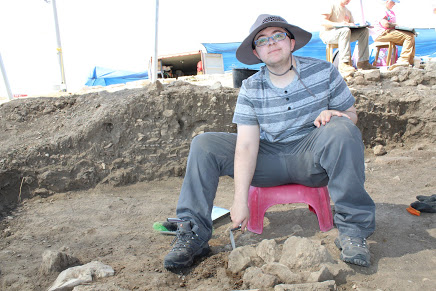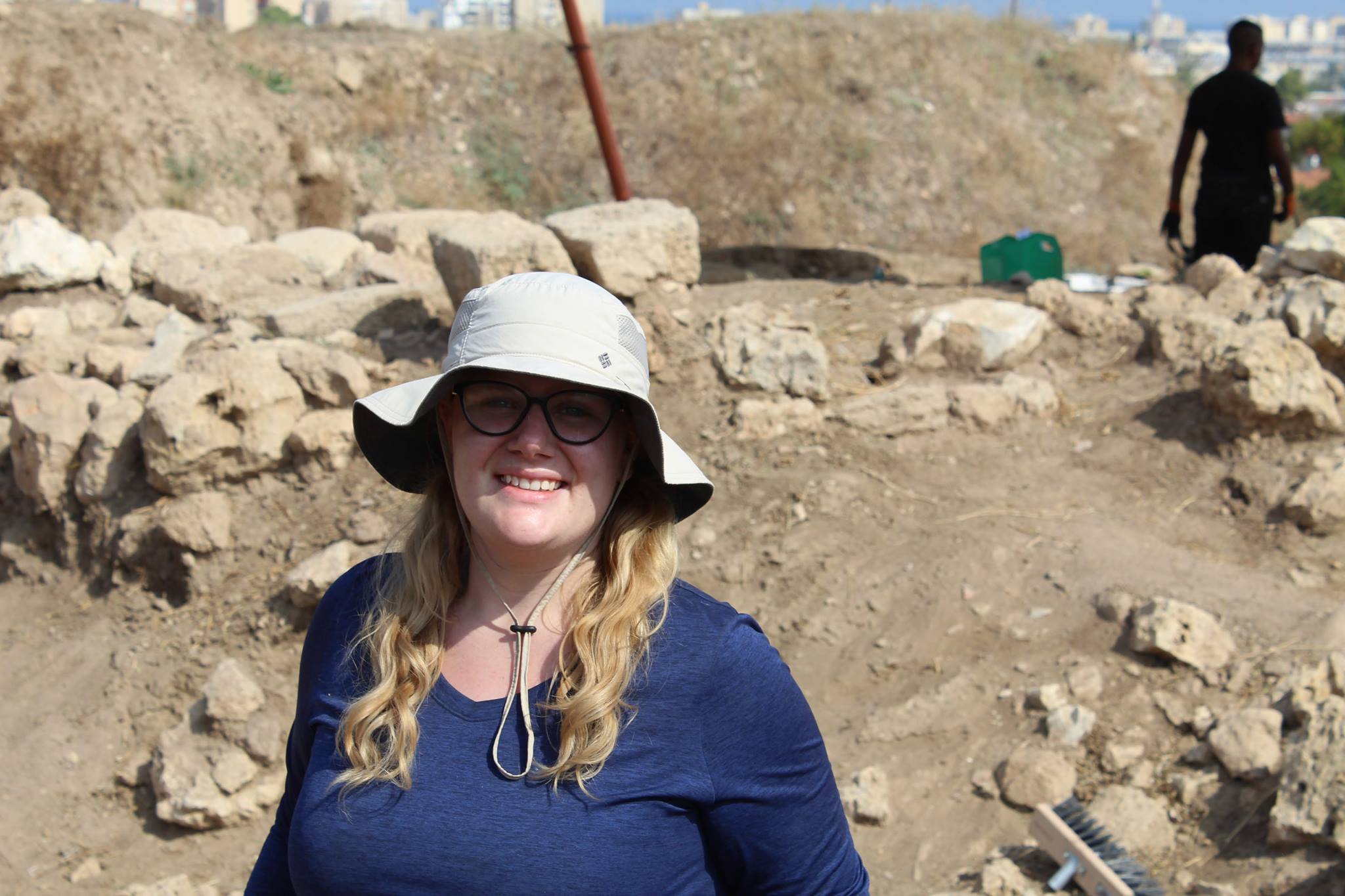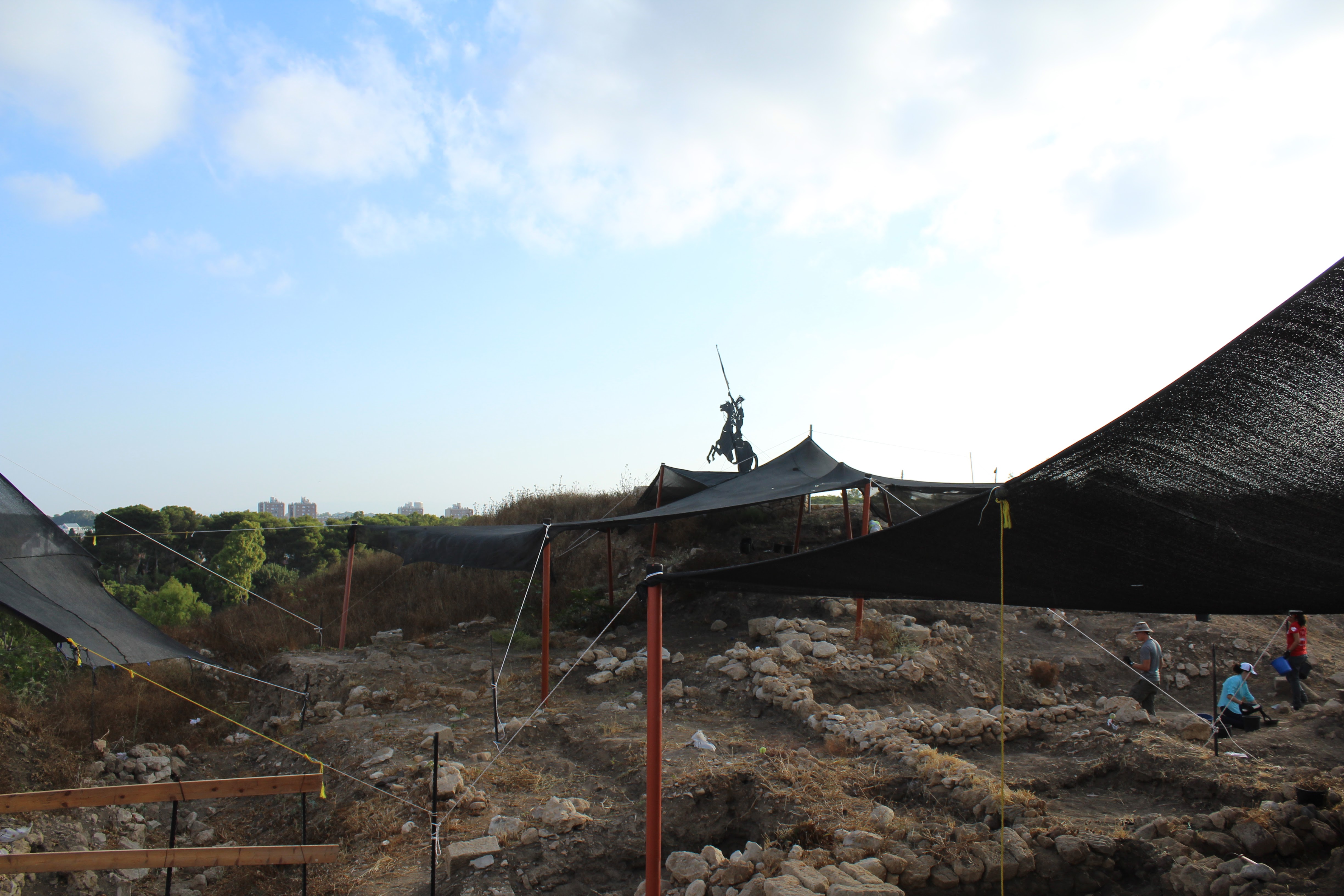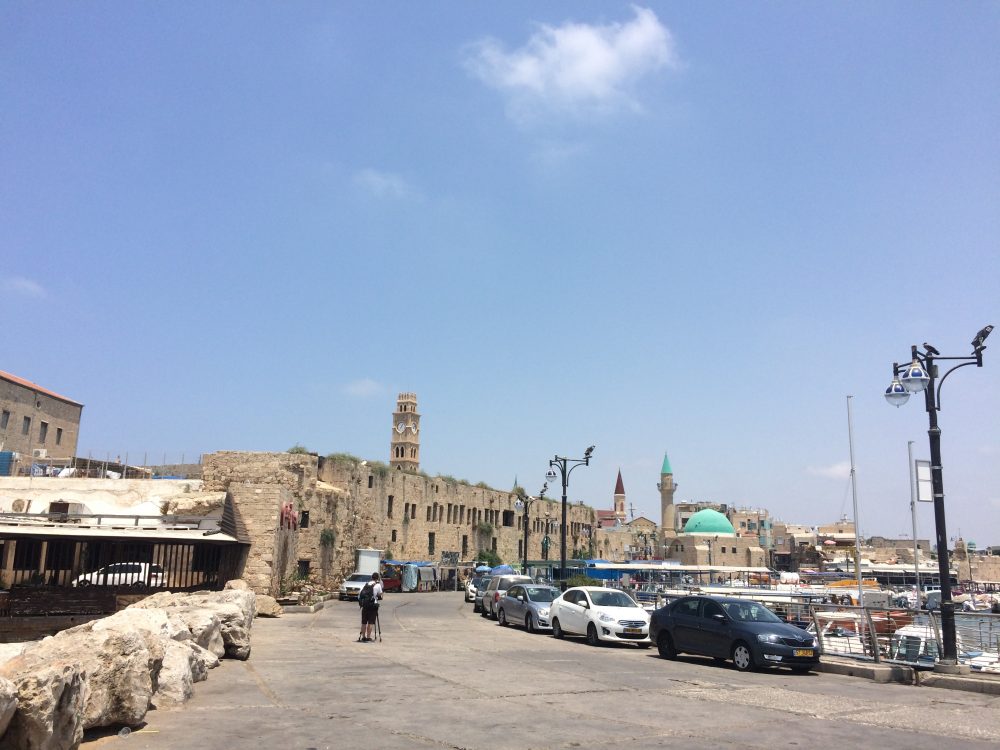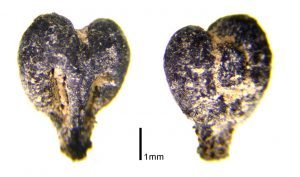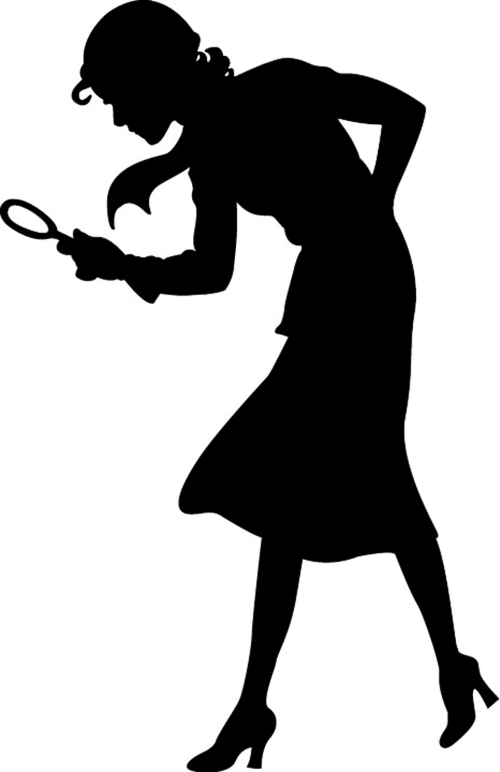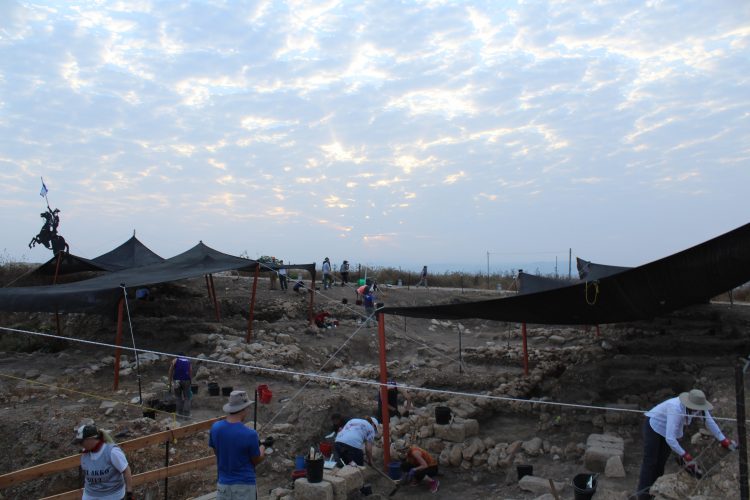I’m not going to lie, the last week at Akko was difficult. I was physically and mentally exhausted, almost every joint in my body was sore, swollen, and/or blistered, and I wanted nothing more than to sleep for at least a week straight. Going up to the tel each day was increasingly difficult, especially when we reached the midpoint of the week and prepared to stop excavating and start cleaning the site and putting protections in place for the next season. I like digging – sweeping up dirt, clipping weeds, and tossing heavy sandbags aren’t nearly as enjoyable.
Wednesday was the last day of excavation proper, and I hadn’t really found anything special, other than a tiny red bead and several cakes of iron slag. I was okay with that. Getting a special find is a huge morale boost, but I think if you go into the dig expecting one and you don’t find anything for a long period of time, it can actually slowly drain your mood. So I had gotten myself into a headspace where I was content with looking at the neat things the other diggers found – Egyptian scarabs, a nearly intact crucible, and even Tel Akko’s first in-context cylinder seal were all found in or adjacent to my square – and not expecting to uncover anything more remarkable than an ancient stone block. Imagine my surprise when a light sweep uncovered what looked like a twisting white fragment of something, possibly a piece of a seashell, with a strange, rounded blue protrusion. A few brisker sweeps, and the object came loose: a sitting figurine with large blue eyes, round ears, and yellow painted markings.
I jumped up and brought the object to my square supervisor, who seemed surprised. Both she and my area supervisor first guessed that the object was modern and had been planted by someone working on the site, because in addition to its very shallow location, none of the staff had ever seen anything like it and it was in very good condition, with only one ear and fragments of the hands broken off. The staff eventually decided that it was probably ancient. After we returned to our base camp and showed the object to the staff members who had remained there for the day, we learned that a very similar object had been found at the tel in 1977 during the excavations supervised by Moshe Dothan, although Dothan’s example had been in rougher shape.
Reactions to what quickly earned the nickname “the demon monkey” were mixed. People either found it adorable, or declared that I would now be cursed or haunted. Speculation intensified the next day when I was sweeping the square about a meter away from where I had found the “demon monkey,” and my brush turned up yet another figurine, which on close examination appeared to be an anthropoid baboon, possibly from Egypt. Although the two figurines were very different in style, the fact that they both seemed to depict non-human primates only fueled the rumor mill, and by the end of the day there were several running theories as to my true nature:
- Cursed by “the monkey god.”
- Blessed by “the monkey god.”
- Chosen as prophet or servant of “the monkey god.”
- “The monkey whisperer.”
- Actually the god Thoth in disguise, capable of spontaneously generating ancient monkey figurines (from my ears, for some reason).
While it remains to be seen whether I am cursed or blessed, finding those monkeys was an experience I will never forget. I’m holding out to see if next year someone finds the barrel they came from.


